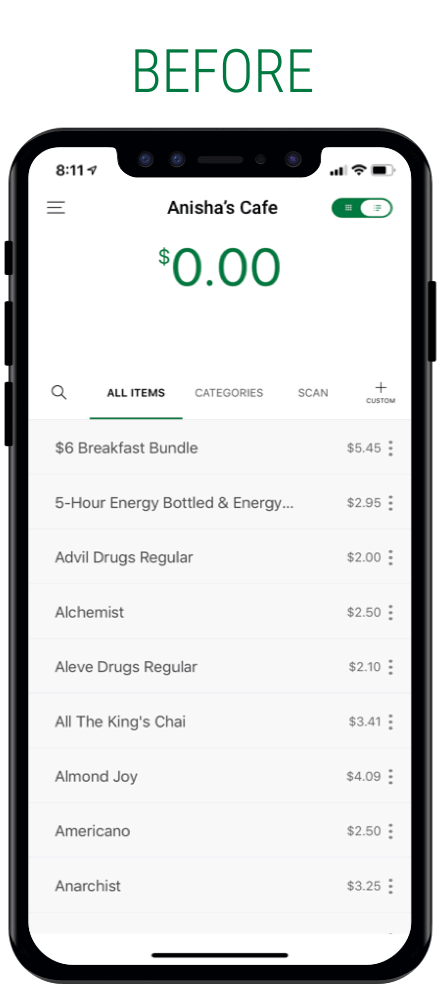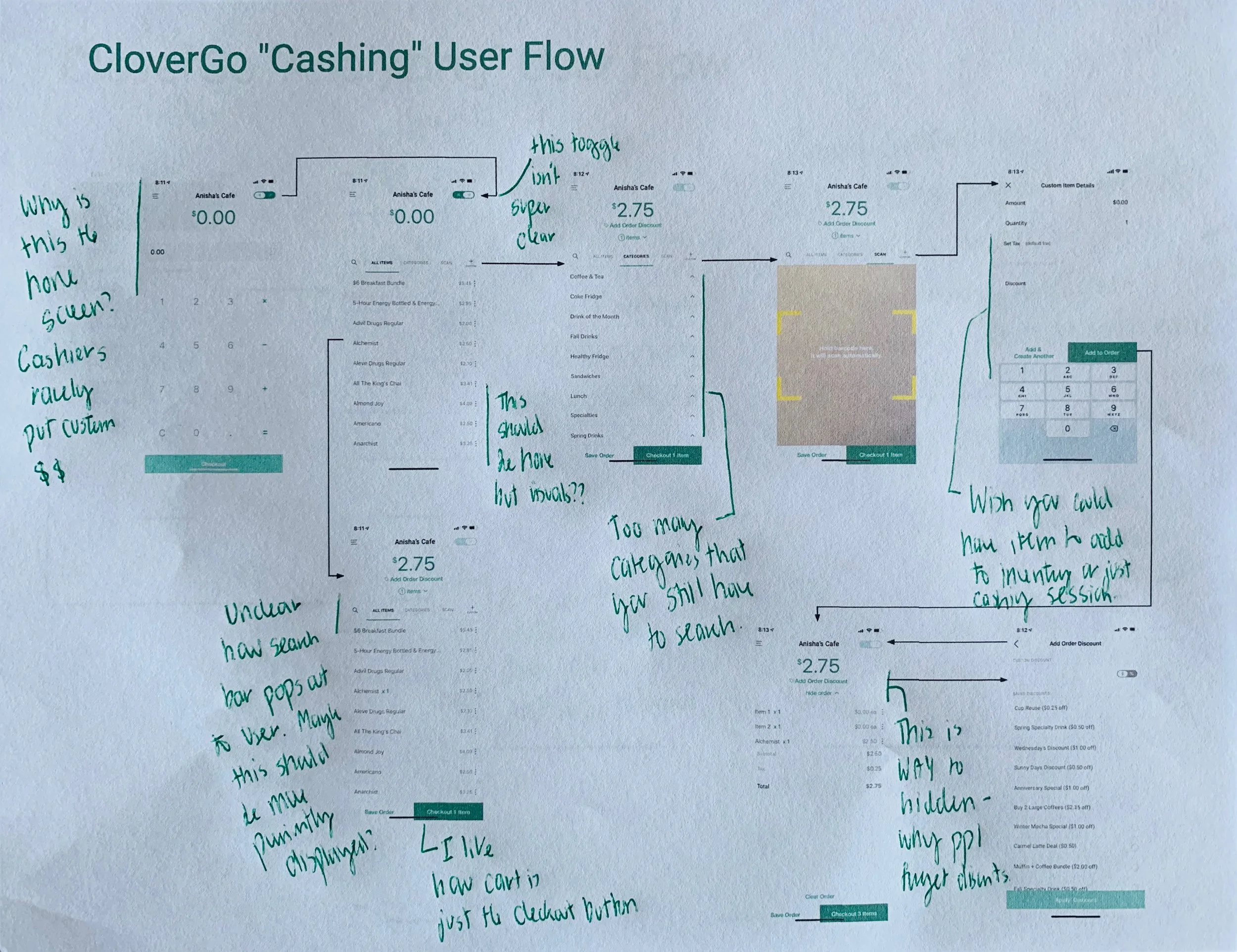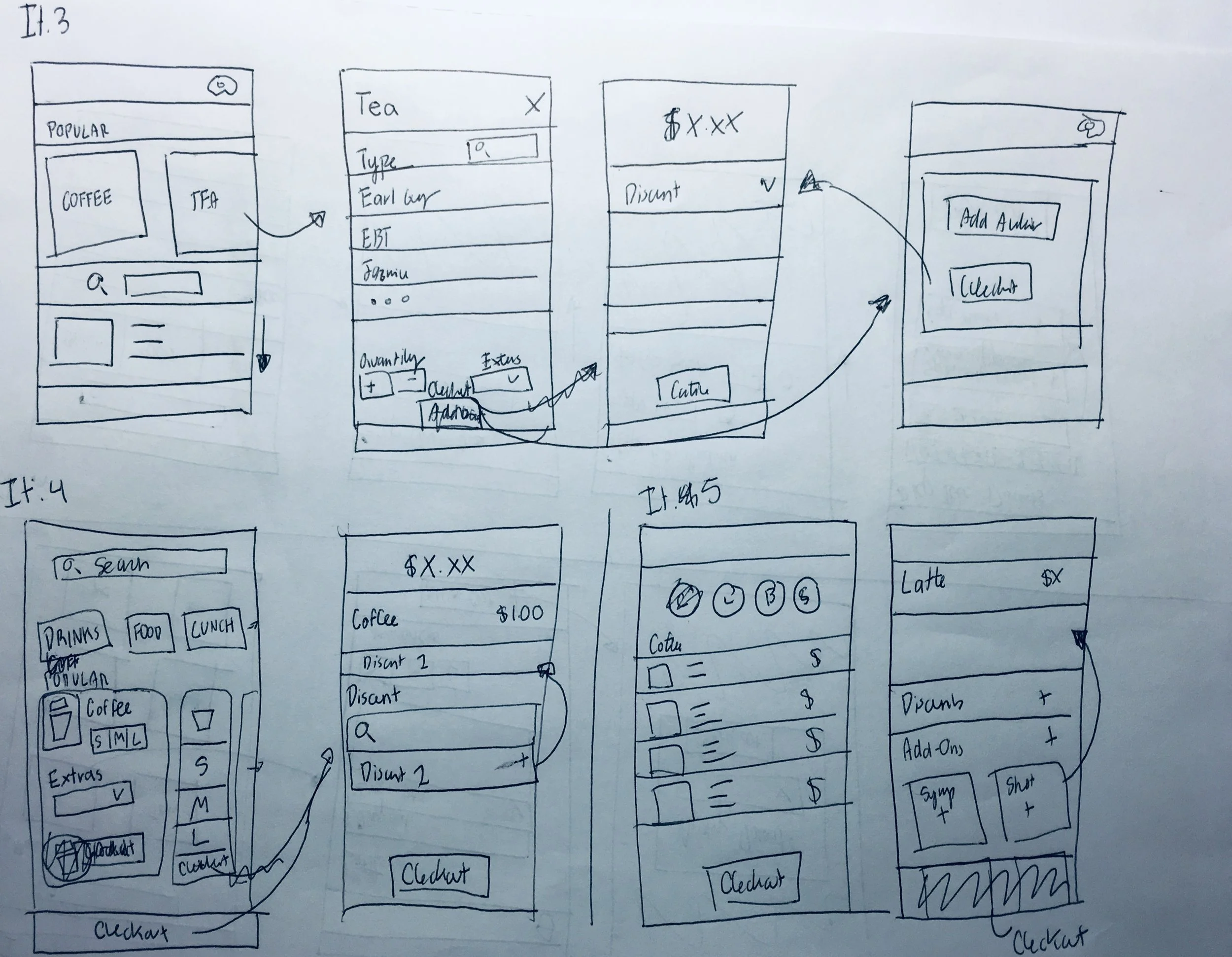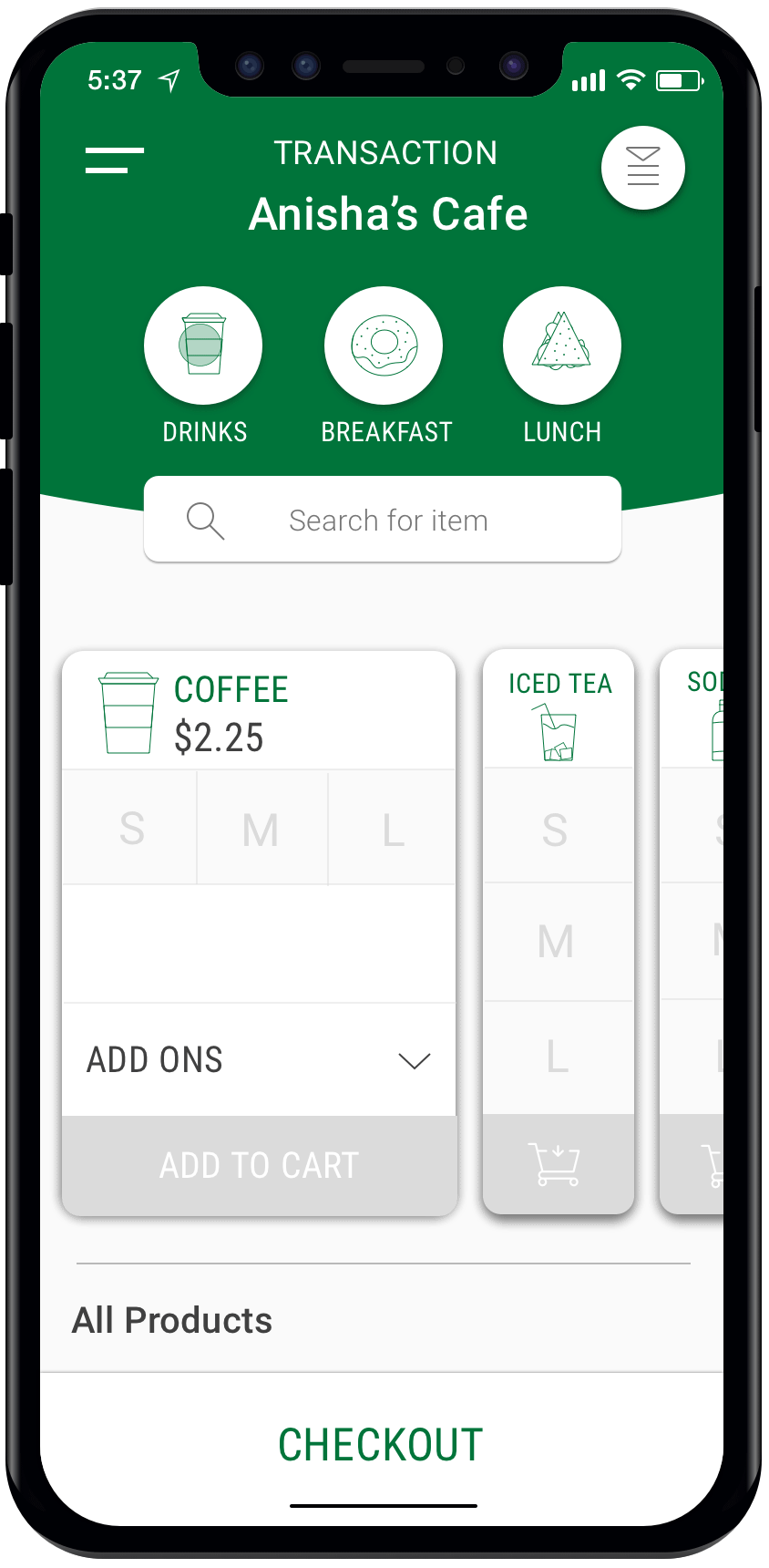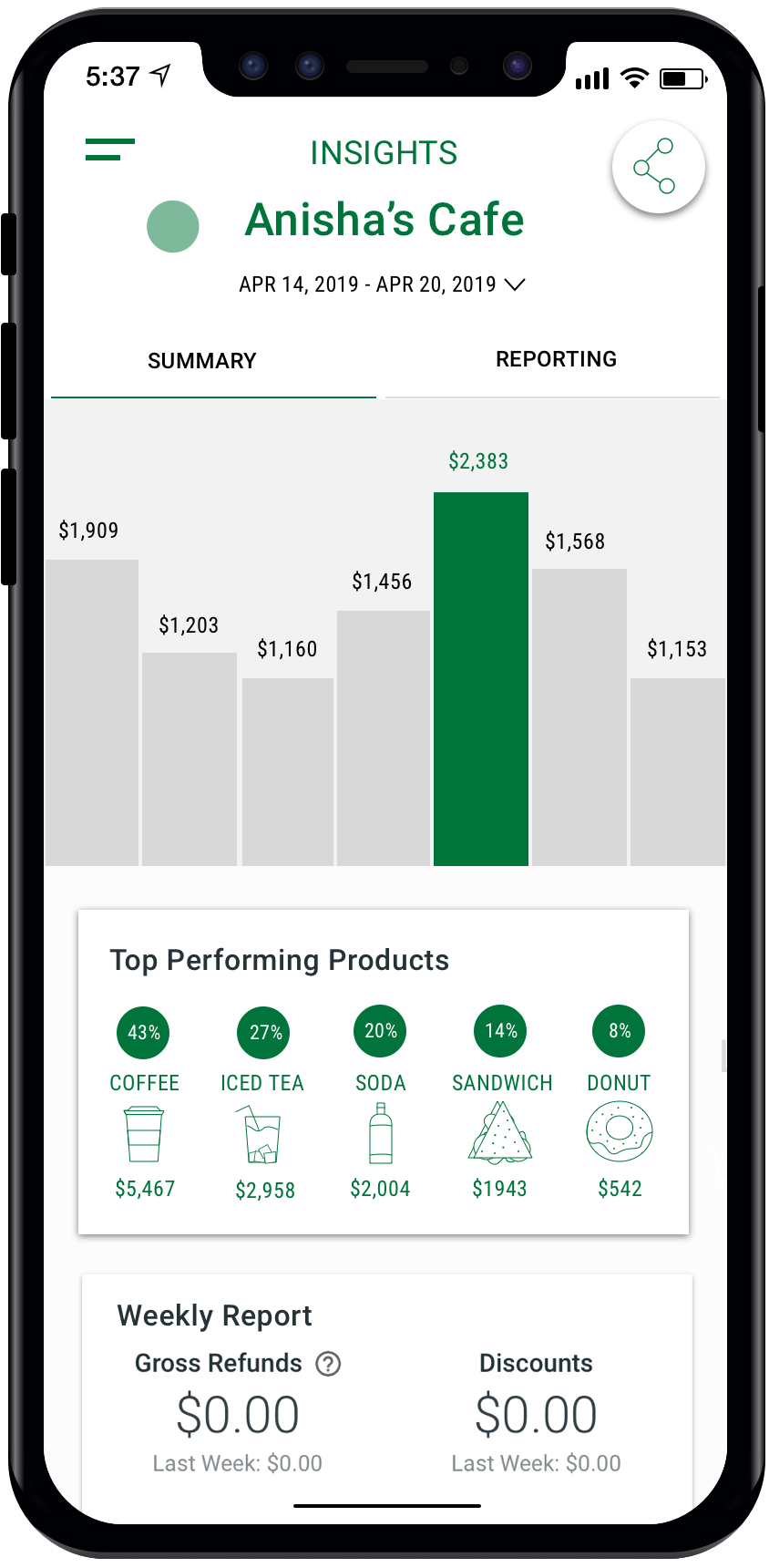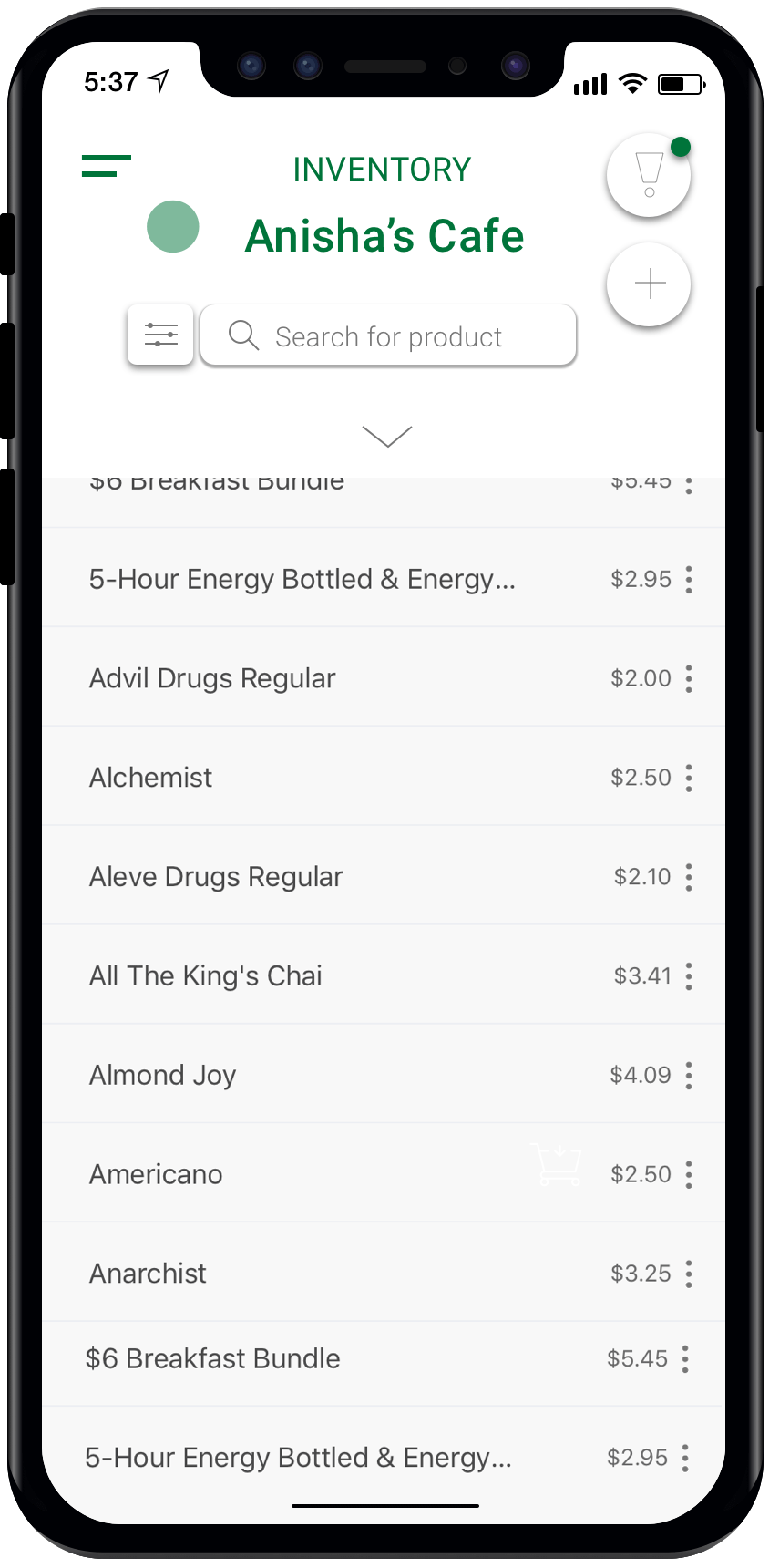isam bundles
As a designer for Walmart’s Item Setup and Management (ISAM) platform, I was tasked with creating a new bundle setup and maintenance experience. This was a part of a migration effort to bring functionality from Walmart’s Bundle Access Management tool into ISAM.
Design Challenge: How can we help associates setup and maintain diverse bundles sold on walmart.com?
Roles: Product Designer & UX Researcher
Tools: Sketch, LucidChart, Adobe Illustrator & After Effects
Duration: March 2020
Overview
PROJECT OVERVIEW
Project Brief
The Bundles redesign project focused on overhauling the experience of Walmart’s internal bundle creation tool, previously known as the Bundle Access Management Tool (BAM). The primary user of this tool was Category Specialists— Walmart buyers who are in charge of managing e-commerce items within a specific vertical (ex. Beverage, Home, etc.). Our team was tasked with migrating the bundle functionality into iSAM while improving usability, reducing errors, and allowing greater flexibility for bundle types and editing. The challenge was not only to redesign the experience, but also to migrate it into iSAM, an internal merchandising tool used across departments. This required careful consideration of existing design components, internal constraints, and the unique workflows of different merchandising verticals.
Why Bundles?
Bundles—combinations of multiple items merchandised together—are a strategic tool used by Category Specialists to increase cart size and improve discoverability. As Category Specialists increasingly relied on bundles to merchandise complex product groups, the shortcomings of the legacy tool began to impact both internal workflows and customer experience on Walmart.com. However, the existing system (BAM) lacked critical functionality: users could not preview how bundles appeared to customers, had limited ability to edit post-publish, and were forced to navigate unclear distinctions between different bundle types (hard, soft, and inflex kits). These limitations often led to specialists creating workarounds, like inflex kits, which were less effective and introduced complexity into Walmart’s catalog.
FINAL DESIGNS OVERVIEW
Click through my final designs to see how I reimagined Clover’s mobile experience.
Inspiration
THE PROBLEM
Clover’s mobile experience is highly compartmentalized. As shown by the figure on the right, Clover currently offers 4 separate applications (with the products displayed in the app store’s order from left to right). Given the “Clover” application reflects its customer reward program, rather than its core competency serving merchants, users can be easily confused. The Clover Go and Clover Go for Bank of America Merchants are only distinguishable due to differing plans provided by Clover and Bank of America. Lastly, the Clover Dashboard app, providing data analytics and insights, is a completely separate app despite clear intersections with Clover Go. In my redesign of the Clover app, my main focus is elegantly consolidating the experience of Clover Go (Bank of America version) with the Clover Dashboard into one app.
GOALS
When trying to distill Clover’s core functions despite its diverse array of products, I found that the company broadly provide three capabilities to its clients. First, it provides the ability to facilitate transactions. Second, it allows users to manage their inventory. Third, the app allows users to access analytical information about their business. As I articulated in the figure on the left, I believe that these functions are mutually dependent. Thus, by improving the user experience of each individual aforementioned function, I hope to drive improvement in operational efficiency and coordination for Clover’s business clients.
USER RESEARCH
I decided to interview users who each utilize Clover for one of the three goals I identified above. I interviewed a Clover inventory manager (Aaron), a Clover-enabled cashier (Kyle) and a Clover-enabled data analyst (Jenna). Below are the user journeys and feature maps I created to visualize my findings.
User Journey Maps
Empathy to Feature Map
REVISITING THE FOCUS
How can I redesign the Clover Go mobile experience to empower small businesses to facilitate transactions, analyze sales data and manage their inventory on one product?
I hope to a) improve the Clover user experience by addressing the pain points revealed by my research and b) elegantly consolidate the disparate functions of Clover Go and Clover Dashboard onto one mobile platform.
Ideation
Given the complexity of the problem I was facing, I followed a structured ideation process to help me understand and tackle the redesign challenge.
01. Assembling & Auditing Current Clover Go & Clover Dashboard Flows by Goal (Managing, Cashing & Analyzing)
02. Drawing Out Initial Mockups
03. Selecting Promising Sketches & Designing Wireframes to Inspire Final Prototype
CLOVER GO & CLOVER DASHBOARD AUDITS
INITIAL SKETCHES
Full App Breakdown
I first began my exploration by breaking down potential interactions between different core functions. This primarily led to my decision to use a hamburger menu. I reasoned that because the platform’s functions are relatively unique, users may not be comfortable with an iconography-driven bottom navigation. I also explored how different pop-up interactions could help me design systematically. Below are my more detailed explorations of the cashing, analysis and management flows.
Transaction Experience Wireframes
Analytics Experience Wireframes
Inventory Experience Wireframes
LO-FI MOCKUPS
Prototyping
FINAL PROTOTYPES
Facilitating Transactions.
Improving the efficiency of cashiers through limited steps required in the checkout process.
My user research revealed that one of the key challenges to Clover cashiers (on Clover Station) is the inability to find items. This is partially due to the lack of visual imagery that could help cashiers memorize the location of items on the central grid (as it had done in square). Overall, the time it takes to search leads to inefficiency and cashiers being distracted while a customer orders. While shifting from a search-based transaction screen is incredibly difficult for mobile, I found inspiration in a collapsed carousel view that would allow users to more quickly navigate to an item than in a traditional carousel. While a grid could allow users to see all of the products in a visual format, I elected the carousel view because I was interested in featuring only popular products for each product category. Moreover, I still wanted to maintain users’ ability to utilize the search bar and interact with a more minimalist list view.
Analyzing Sales Data.
Increasing accessibility to Clover’s business insights by consolidating analytical reporting into one easy to use feature.
Clover currently offers its analytical capabilities through disparate mobile apps, as well as dashboard functions. Because of this, Clover is incredibly difficult for users to navigate and find transaction data that can be turned into actionable insights. To combat this, I combined the Clover Go Transactions and Dashboard pages with the Reporting, Orders, Payments and Insights features in the Clover Dashboard app. In doing so, I consolidated the disparate summary and query tools into two tabs. The first tab allows users to get high-level information about their storefronts’ overall performance. In the second tab, users can query for specific products, orders, payment forms and other factors by leveraging Clover’s sophisticated filtering system.
Managing Inventory.
Improving users’ ability to add, edit and delete items to prevent outdated inventories.
Clover’s current experience for Inventory Management (both on mobile and web) can be improved by using partial matching technology to discourage duplicate additions. In this frame, I reimagined the experience of adding an item as Clover Go searches for partial matches to other products. In doing so, the platform can save a manager’s time by preventing the need to unnecessarily add pre-existing items.
MEASURING SUCCESS
In efforts to assess and improve upon my prototypes, I would hope to test a few metrics that would reflect the efficacy of my designs. Because my principal objective was to boost operational efficiency, these metrics seek to determine the impact of my redesigns in that context.
Methods
I would facilitate a control/treated context or A/B test where user engagement changes can be uniquely observed for clients exposed to this version compared to those with the current product. I would use both quantitative data on platform usage and qualitative feedback through user interviews.
Overall Metrics
1. Client Change in Revenue. While this could be attributed to a variety of factors, change in revenue could reflect an improvement in business operations as a result of the redesign. This is especially true if assessed in a control/treated context where a change in revenue is uniquely observed for clients exposed to this version versus the current product.
2. Decrease in Mobile Drop-off. If the designs made meaningful improvements to the UX, users should be less likely to drop off.
3. Increase in Clover Go Mobile App Downloads. I would want to examine the effect of consolidating the Clover Go and Dashboard apps on user acquisition.
4. Overall User Feedback on the App. In my user research, I uncovered relative negative perceptions of Clover’s UX with severe apprehension towards the mobile experience specifically. I would want to see whether these perceptions changed from the new designs through user interviews.
Transactions
1. Decrease in Average Time Spent Before Checkout. Assuming that Clover tracks user’s sessions and navigation on the platform, I would want to see the change in average time elapsed between the start and end of the sale.
2. Decrease in Average Customer Wait Time. While quantitative in nature, this likely could only be assessed through qualitative user interviews with cashiers.
Analytics
1. Increase in percentage of Daily Active Users using mobile analytics features. Given the specifically difficult UX of the analytics features on mobile, with some functions such as insights not designed responsively, I would assess whether the redesign demonstrates improved ability to track sales data for Clover Go users.
2. Increase in users upgrading to Clover Insights. While I didn’t specifically touch on how the new analytics design would function with the currently paid tier with Clover Insights, I would want to measure whether the analytics feature redesign has an effect on upgrade demand.
Inventory
1. Decrease in average number of items not sold within the past year in customer inventories. With improved inventory management, I would hope to see less outdated products.
2. Decrease in average number of duplicate items in inventory. Because the redesign includes the new feature that prompts users to review potential duplicates, I would want to measure whether users actually add less duplicates due to the redesign.
3. Decrease in average number of items in inventory overall. With improved coordination in deleting outdated items, adding fewer duplicates and prompting users to established modifier products as modifiers rather than new items, there should be an average decrease in inventory.

